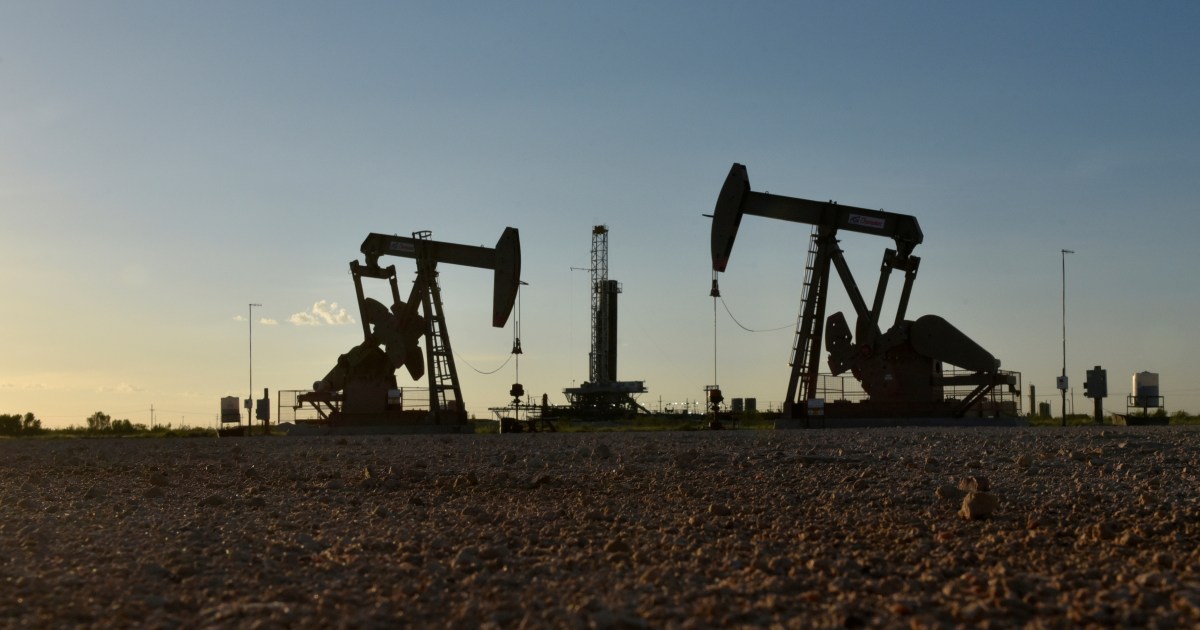US crude prices rose on Wednesday for the fifth consecutive session, reaching their highest levels since 2014, amid global concerns about energy supplies, following indications of tight markets for crude, natural gas and coal.
Brent crude prices also rose for the fourth day in a row in light of concerns about supplies, especially after the Organization of the Petroleum Exporting Countries (OPEC) and its allies within the framework of the “OPEC Plus” group (OPEC +) decided - the day before yesterday, Monday - to continue to increase Production as planned instead of raising it by more than that, according to Reuters.
And US West Texas Intermediate crude rose earlier to $ 79.47 a barrel, the highest level since November 2014. It was up 0.53% at $ 79.35 a barrel by 06:52 GMT.
Brent crude rose 0.8% to $83.22 a barrel, close to its highest level in 3 years, which it recorded in the last session.
And OPEC Plus agreed - the day before yesterday - to abide by the agreement last July to increase production by 400,000 barrels per day every month until at least April 2022, to gradually abandon cuts that currently amount to 5.8 million barrels per day.
The "ANZ" group (ANZ) said - in a note - that "Crude oil continued its gains as investors feared a scarcity in the market, as the energy crisis raises demand. The increase of "OPEC Plus" was much less than what the market expected, given the "The energy predicament around the world. It is not surprising that there is speculation that OPEC will have to act before the scheduled meeting if demand continues to rise."
Anadolu Agency says that what increases the demand for crude is that it is replaced by major countries in the European Union in the place of natural gas, which records its highest historical levels above 1230 dollars per thousand cubic meters, due to the increase in demand and the stability of supply.
This comes at a time when many Chinese provinces have faced - since the beginning of this week - a crisis in electricity generation, and their inability to meet the needs of local markets, facing global pressures to reduce energy consumption.

